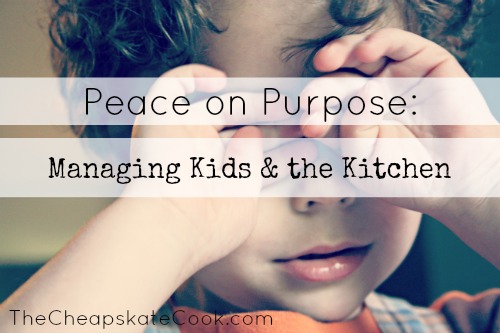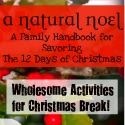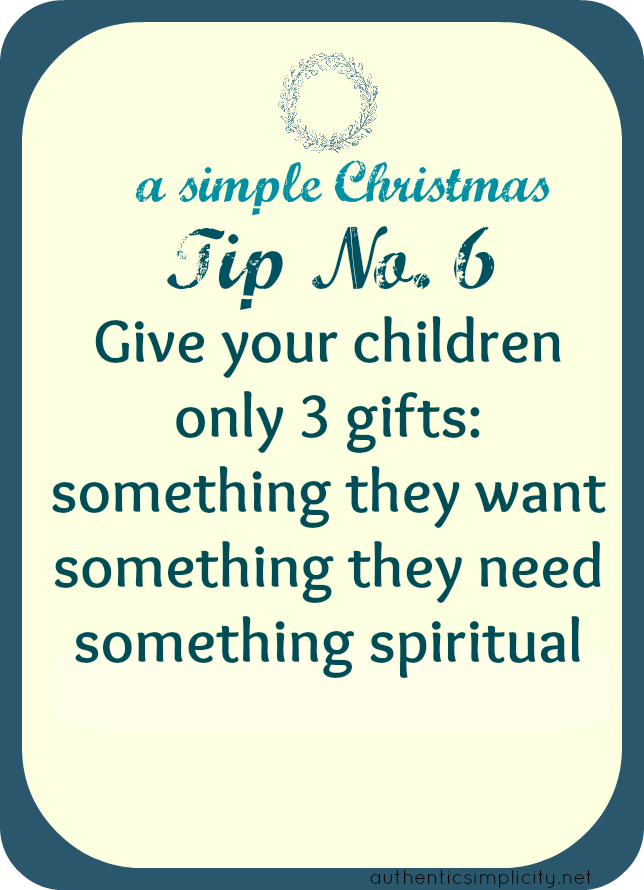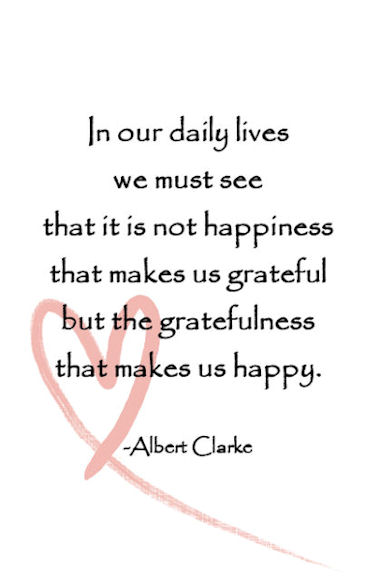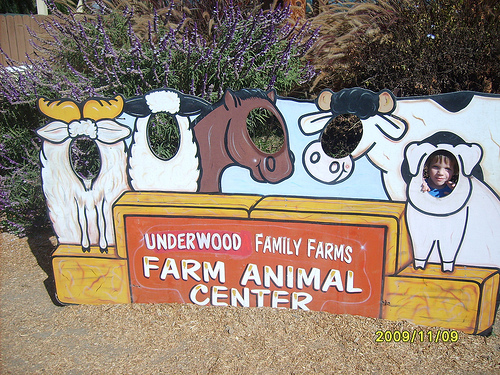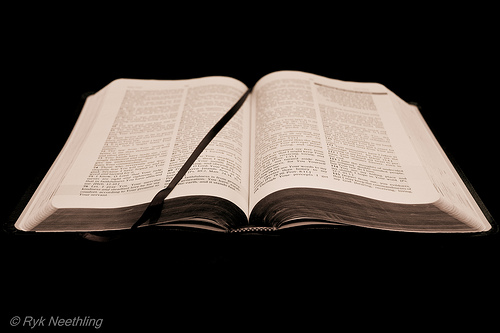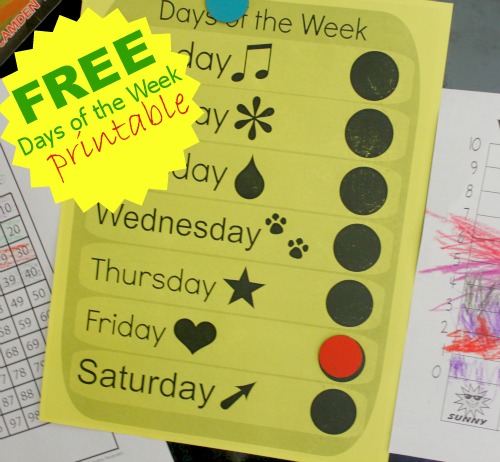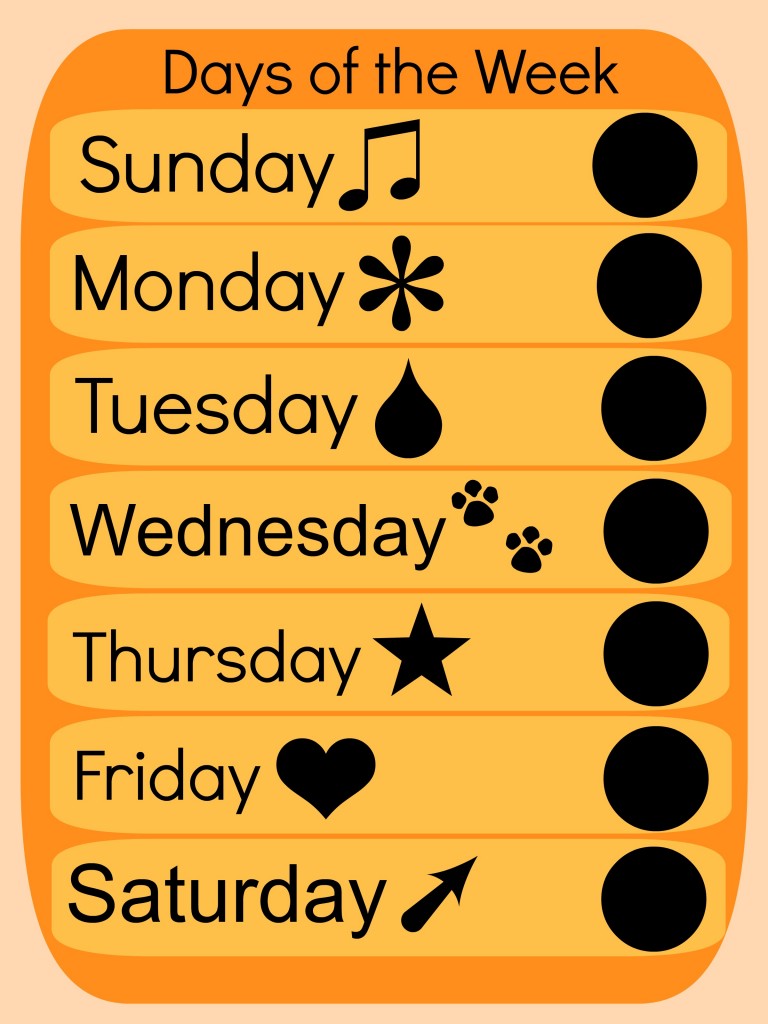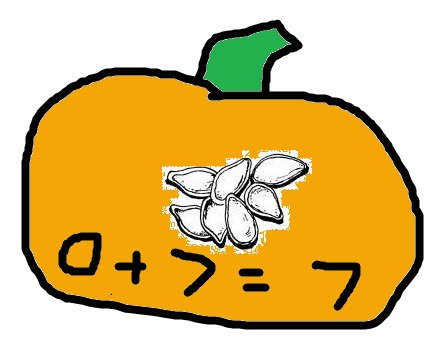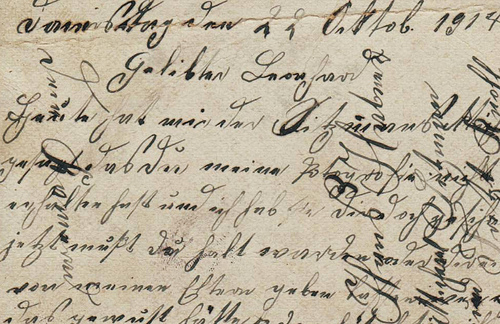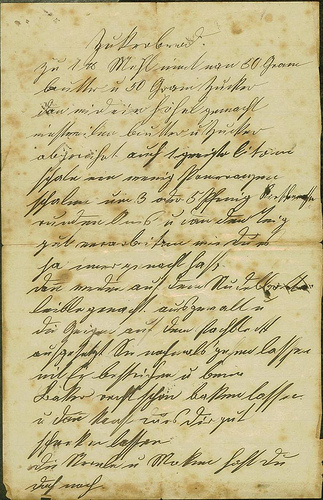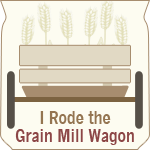
Welcome back to the Raising Healthy Families series - a fun and informative series designed to help you and your family thrive! Join us each Friday as we take a look at different ways to keep your family healthy and vibrant in a not-so-healthy world!
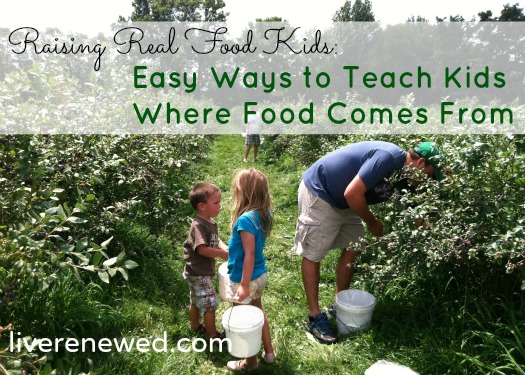
Written by Emily McClements of Live Renewed
As you push your child in a cart down the aisles of the grocery store, they are bombarded by brightly colored packages and more choices then they would ever know what to do with. The produce department is a full rainbow of fruits and veggies from around in the world, all looking like they’re at the peak of ripeness. And the cereal aisle is a rainbow full of sugar, artificial vitamins and minerals, and toxic dyes that are meant to attract your child’s attention.
So how do we teach our kids what real, seasonal, and local food actually is? Emily McClements of Live Renewed gives us easy ideas to help us teach our kids what’s on their plates, and where their food really comes from.

